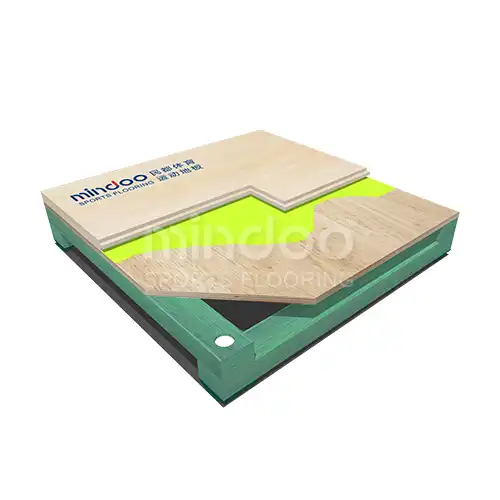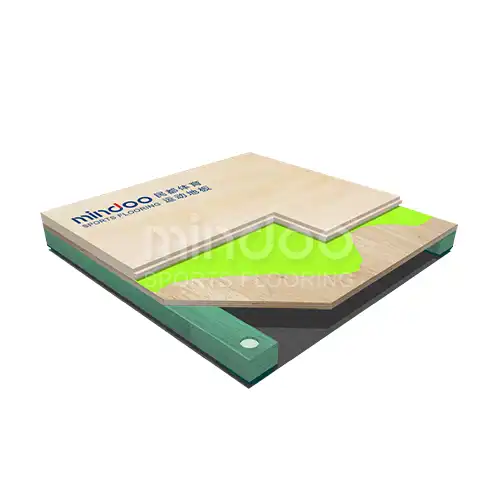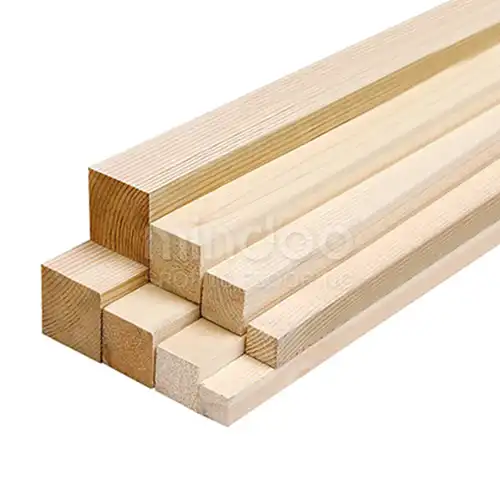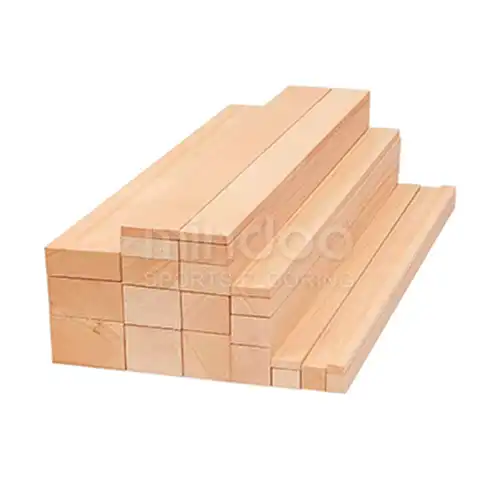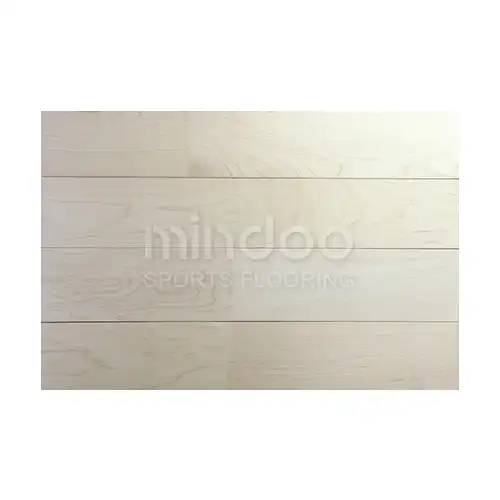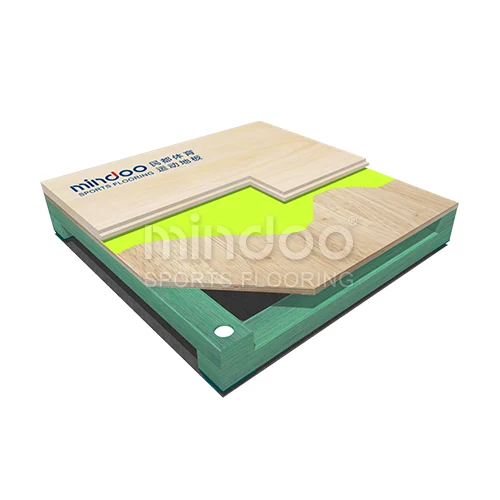How to Address Localized Moisture Damage on Hardwood Sports Floors
Hardwood sports floors are known for their durability, aesthetic appeal, and performance under high-stress conditions. However, even the highest quality wood can face challenges when exposed to moisture, particularly in areas with fluctuating humidity or unexpected spills. When moisture affects a localized section of the floor, it’s crucial to address the issue quickly to avoid long-term damage and maintain the safety and performance of the court. This article will guide you through the steps to handle localized moisture damage on hardwood sports floors, including prevention strategies and corrective actions.

1. Understanding the Impact of Moisture on Hardwood Flooring
Before diving into solutions, it’s essential to understand why moisture is problematic for hardwood sports floors. Wood is a natural material that reacts to changes in humidity and moisture. When exposed to excess water, the wood can swell, warp, or become discolored. In sports environments, where high-performance flooring is critical for athlete safety, moisture damage can not only affect the floor’s structural integrity but also its traction and appearance.
Localized moisture issues, like spills from cleaning, excessive humidity, or water seepage from nearby pipes, can cause uneven surfaces, leading to hazards such as slipping or an irregular ball bounce. Timely intervention is key to preventing further damage.
2. Immediate Action: Drying the Affected Area
The first step in addressing localized moisture damage is to dry the area thoroughly. When water is spilled on the floor or moisture is detected in a small section, immediate action should be taken to remove the excess moisture:
Use Absorbent Materials: Begin by using towels or a mop to absorb as much moisture as possible. The longer water sits on the surface, the more likely it is to penetrate the wood and cause swelling or warping.
Ventilate the Area: Open windows and use fans to increase airflow around the affected area. For larger spills or higher humidity, using dehumidifiers can help reduce the moisture level in the air.
Avoid Heat Sources: While it may be tempting to use direct heat like a space heater or a hairdryer to speed up drying, this can cause the wood to dry too quickly and potentially crack or warp. Instead, allow the area to dry naturally.

3. Inspecting for Damage
Once the moisture is removed, it’s important to inspect the affected area for any visible signs of damage. This could include warping, buckling, or discoloration. To assess the damage properly:
Check for Raised Boards: If you notice that some sections of the floor feel uneven or raised, the wood may have expanded due to moisture absorption. This could be a sign of water damage that needs further attention.
Examine the Finish: A change in finish color, such as dark spots or patches, may indicate water penetration. If the finish is compromised, this could result in a weakened protective layer, leading to future wear or dirt accumulation.
Look for Mold or Mildew: In areas with persistent moisture issues, mold or mildew may develop. These can be harmful to the wood and the overall indoor air quality. If mold is present, it must be addressed immediately to prevent further damage.
4. Restoring the Floor: Sanding and Refinishing
If the localized moisture damage is significant, such as warping or finish degradation, it may be necessary to sand and refinish the affected area. Sanding can help to level out warped boards and remove any signs of discoloration, while refinishing restores the floor’s protective layer and smooth surface.
Here’s a step-by-step approach:
Light Sanding: Once the area is completely dry, lightly sand the affected section of the floor to remove any raised edges or rough patches. Use a fine-grit sanding pad to avoid over-sanding the surface.
Apply a New Finish: After sanding, apply a fresh coat of finish to the area. This will restore the floor’s protective layer and help prevent future moisture absorption. Depending on the type of finish originally used (oil-based or water-based), make sure to use the same kind for consistent results.
Allow Proper Drying Time: Ensure the floor is fully dry before allowing any foot traffic or athletic activity on the floor. Rushing this process could cause the finish to wear unevenly or leave marks.

5. Addressing Persistent Moisture Problems
In some cases, localized moisture issues may be a symptom of a larger problem. If moisture is consistently affecting certain areas of the floor, it’s important to identify and fix the root cause. Common sources of persistent moisture include:
Improper Ventilation: If the arena or gym lacks proper air circulation, humidity levels can become too high, especially in areas like locker rooms or storage spaces. Installing proper ventilation or using dehumidifiers can help maintain a balanced humidity level.
Leaks or Plumbing Issues: If moisture is coming from a nearby pipe or water leak, addressing the plumbing issue is crucial. Fixing leaks promptly and ensuring that plumbing is well-maintained will prevent future water damage.
Improper Cleaning Practices: Over-wetting the floor during cleaning can cause localized moisture issues. Use a damp mop rather than soaking the floor, and always ensure the floor dries properly after cleaning.
6. Prevention: Moisture Barriers and Floor Maintenance
Preventing localized moisture damage is always more effective than dealing with it after the fact. Here are some proactive steps to take:
Moisture Barriers: Consider installing a moisture barrier under the hardwood flooring during installation. This helps protect the wood from rising moisture from the subfloor.
Routine Maintenance: Regular inspections and maintenance can catch minor issues before they become major problems. Keep the floor clean, ensure humidity is controlled, and check for any signs of water exposure.
Climate Control: If possible, maintain a consistent indoor climate with stable temperature and humidity levels. Installing a humidity control system or using dehumidifiers in high-moisture areas can go a long way in preserving your hardwood floor.
Localized moisture damage on hardwood sports floors can seem like a minor issue, but it’s essential to address it promptly to prevent long-term damage. Whether it’s drying the affected area immediately, sanding and refinishing the wood, or investigating persistent moisture sources, timely action is the key to maintaining the integrity of the floor. With the right care and attention, your hardwood sports floor can continue to perform at its best, ensuring both safety and functionality for athletes.
